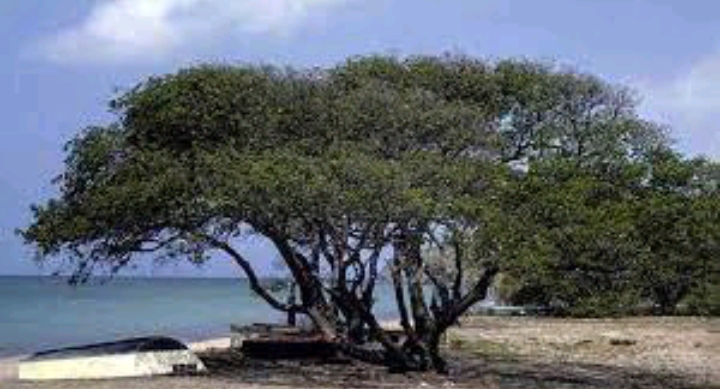In the serene landscapes of the Caribbean, Florida, and beyond, there lurks a silent killer disguised as an ordinary tree. The manchineel tree, though it may seem harmless, harbors a deadly secret that can be fatal to those who dare to approach too closely.
Found along coastal seashores and in saltwater wetlands, the manchineel tree appears innocuous, blending in with its surroundings. Its roots provide stability to sandy shores, preventing erosion and supporting delicate ecosystems.
Despite its unassuming appearance, the manchineel tree is, in fact, the most dangerous tree in the world. Its fruit, often referred to as the “little apple of death,” resembles that of an apple tree at first glance, earning it the nickname “beach apple.”
Every part of the manchineel tree is toxic, containing potent poisons that can cause severe harm. The milky fluid produced by the tree contains phorbol and other skin irritants, leading to painful rashes and allergic reactions upon contact.
For those seeking shelter from the rain under its branches, beware: the raindrops that fall from the leaves can cause blistering burns on the skin. Even the smoke from burning the tree can result in ocular damage if it gets into the eyes.
Consuming the fruit of the manchineel tree can lead to severe gastroenteritis, causing bleeding, shock, and obstruction of the airway. Its leaves contain various toxic substances, including 12-deoxy-5-hydroxyforbol-6-gamma-7-alpha-oxide and sapogenin.
In nature’s delicate balance, the manchineel tree serves as a reminder of the hidden dangers that can lurk in seemingly ordinary surroundings. Approach with caution, for beneath its leafy exterior lies a deadly threat to unsuspecting passersby….S££ MOR£

